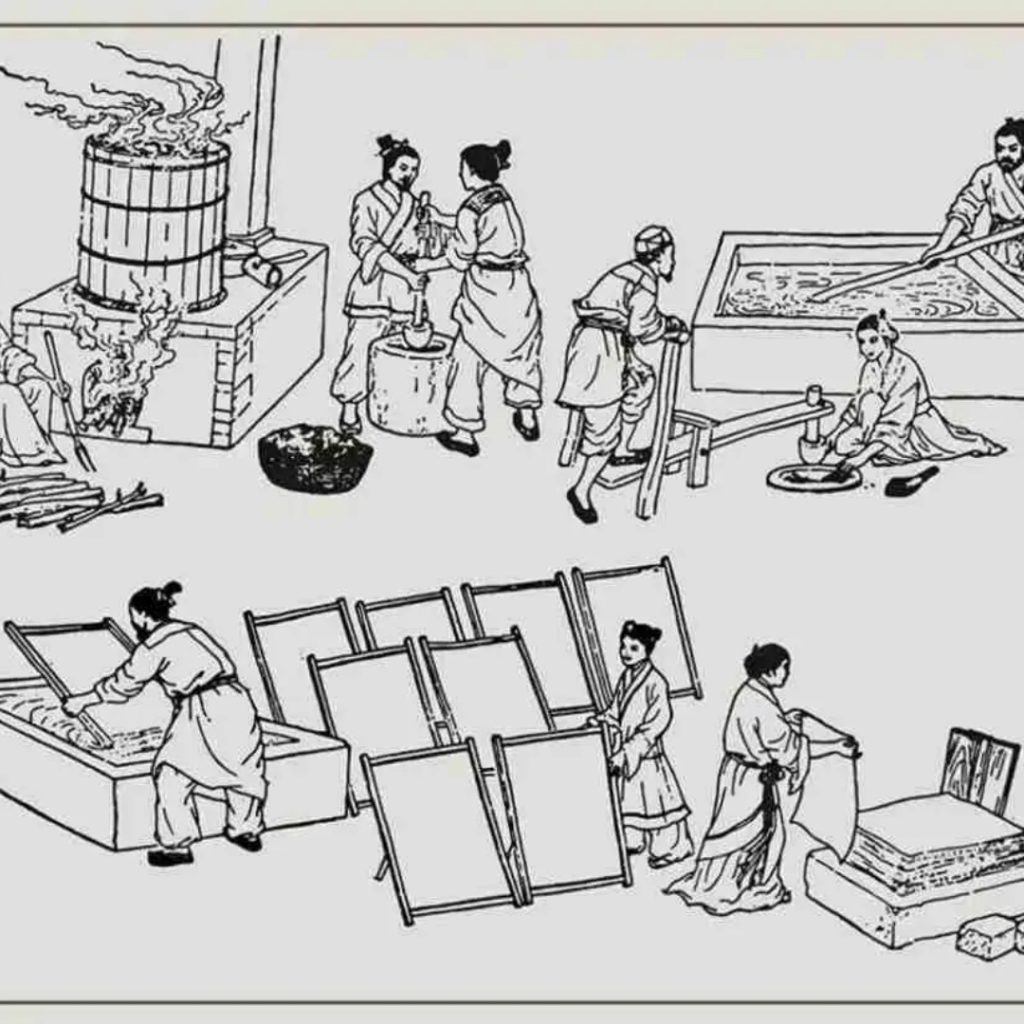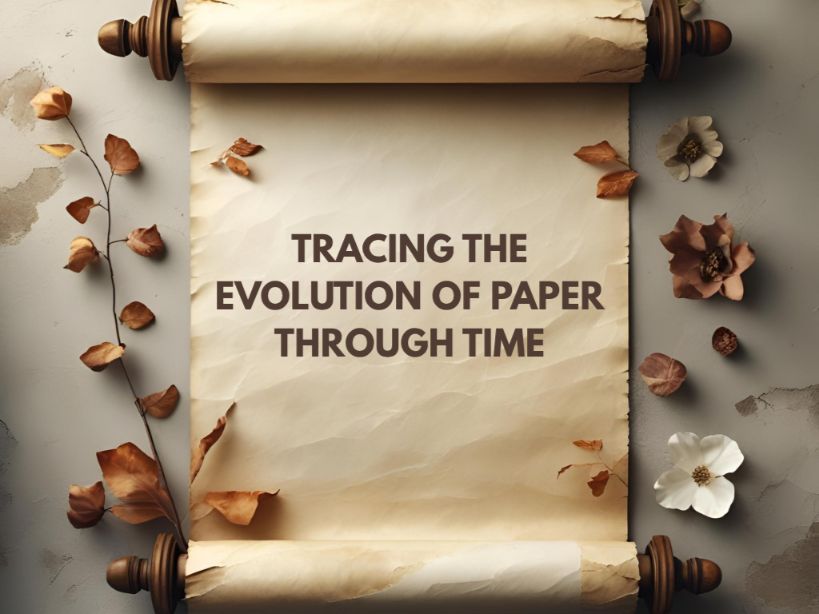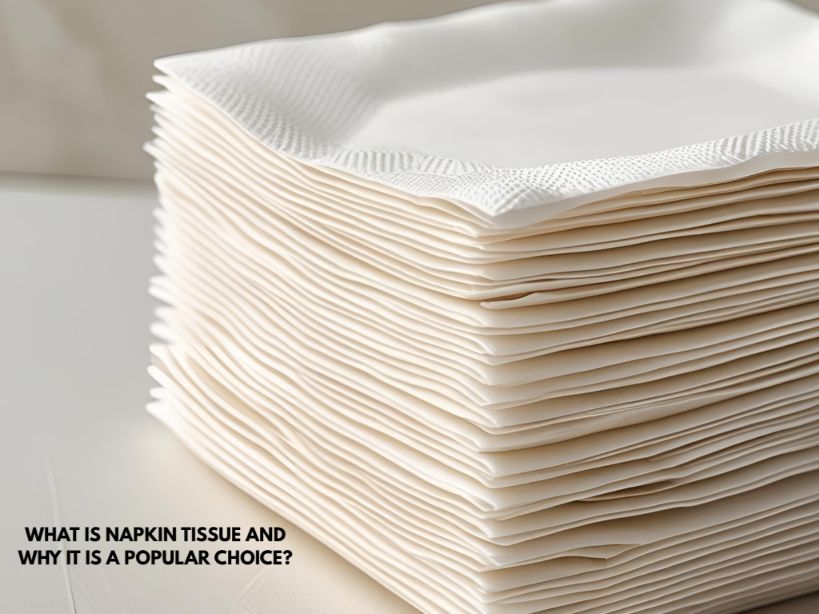Tracing the Evolution of Paper Through Time
We at Coniferous Multitrade are passionate about everything paper. With all the advancements and modernity, paper is something that we have never truly appreciated for all it truly offers. For some, it is just a wait to throw it in the trash can. However, the paper has played a pivotal role in our evolution. Thus, tracing the evolution of paper makes much sense.
Paper’s history is intricately related to the histories of technology and culture.
The catalyst for the development of paper was a small but powerful spark.
Humans had quite a pressing need to transmit specific information in written forms to one another. The information needed to be stored on portable, lightweight, and durable media. Paper’s creation enabled papyrus and parchment to be substituted with a product that was easier to work with and, thanks to new manufacturing processes, less expensive.
The introduction of digital media may have hidden the crucial role that paper has played in the diffusion of knowledge: it must not be overlooked that, until the last few decades, the propagation of any concept, idea, or thought needed a sheet of paper.
The growth of human civilization over the ages has been reflected in the chronology of paper, from the diffusion of philosophical and scientific understanding to the expansion of education to the establishment of the sort of historical and political awareness that has given rise to the modern world.
The origins of the Evolution of Paper in China
Cai Lun, a diplomat representing the royal Chinese court, is credited with inventing paper around AD 105 when he began creating sheets of paper using pieces of old clothes, tree bark, and fishing lines. For many decades, the Chinese tightly held the knowledge of paper production till the Buddhist monk Dam Jing introduced it to the Japanese in the 6th century. The Japanese quickly picked up on papermaking skills and began producing this valuable material with pulp obtained from the mulberry bark.

Paper reaches the Arab world
In AD 751, when the governor-general of the Bagdad Caliphate seized two Chinese papermakers in the city of Samarkand and established a paper mill with their assistance there, the Arab world acquired the secrets of papermaking. Production extended to other Asian cities, especially Baghdad and Damascus, supported by the availability of hemp and linen, two of the most high-quality raw materials that are ideal for manufacturing paper.
The Arabs used a method for creating a paper that entailed soaking and macerating rags in water to create a homogeneous pulp, that was then filtered to isolate the macerated fibers from the water. The sheets were then pressed, dried, and ultimately coated with rice starch to render them more ink receptive. The Egyptians and North Africans began to create paper about the same time, utilizing the same processes used in the Arab region.
Paper reaches the European continent
Paper did not reach the European continent until the 11th century when the Arabs invaded Sicily and Spain. Paper, on the other hand, swiftly came to be regarded as a lower-quality material than parchment, to a level where the Holy Roman Emperor Frederick II outlawed its use for official papers in 1221. Because insects sought rice starch, paper sheets did not survive long. The paper producers of Fabriano, a sleepy town in the Italian region of Marche, are responsible for most of the history of paper in the region. They began creating paper in the 12th century from linen and hemp.
These papermakers created key advancements by adopting new equipment and manufacturing techniques and helped in the evolution of paper:
- They used hydraulic hammer mills to automate rag grinding, drastically lowering the duration of pulp generation.
- They began bonding sheets together using gelatine, an ingredient that insects dislike.
- They came up with a variety of paper varieties and layouts.
- They were the ones who came up with the concept of watermarking.
Watermarking is utilizing metal wires to add embellishments to paper that become detectable when brought up to the light, providing for the insertion of trademarks, initials, religious insignia, and other markings.
Papermaking began to expand to other European nations around the 14th century, and with the introduction of movable-type printing in the late 15th century, output truly picked up. Papermaking came to the New World with the discovery of America and subsequent European colonization.
Tracing the evolution of paper through time
Introduction to the mainstream
The rise of high-volume newspapers and novels, which needed large amounts of inexpensive paper, ushered in the industrial manufacturing of paper in the nineteenth century. The very first Fourdrinier device, capable of producing a 60-cm-long piece of paper, was invented by Louis Nicolas Robert in 1797. Alternative resources, such as wood pulp, were explored when demands for papermaking rags outpaced availability. The price of paper dropped drastically when new techniques for collecting fibers from trees were developed, and paper quickly became a mass-market item. Paper production in the United Kingdom increased from 96,000 tonnes annually in 1861 to 648,000 tonnes annually in 1900.
Yet again, the story of the evolution of paper and humanity were inextricably linked: as inexpensive paper became more widely available, books and newspapers were more widely available, resulting in a surge in learning among the middle and working classes. Paper was not used for other purposes until the turn of the century, such as tissues and gift paper, crafts, and interior decorating.
Our piece on the evolution of paper ends here, but we’re confident that owing to continuous technological advancements, there will be many more surprises in store! The story and evolution of paper is anything but done, and we at Coniferous will continue to utilize this intriguing and essential resource for many years to come and continue our strive to mark new developments in the further ecological evolution of paper making.
Also, learn more about the success story of paper recycling.


